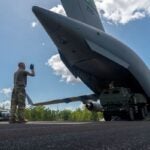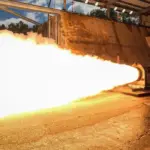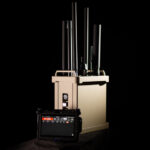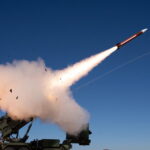The Department of Homeland Security’s (DHS) research branch this month completed its final series of operational pilot tests of radios that can operate on multiple bands to thus allow first responders to communicate across agencies and jurisdictions with a single radio. The Multi-Band Radio (MBR) pilot began in 2009 and involved a number of local, state and federal partners involved in emergency response, shows that the technology works. For the most part currently, handheld emergency response radios operate on a…
Contract Updates
Oshkosh Defense LLC (Oshkosh, Wisconsin) – $29,432,585
Oshkosh Defense LLC, Oshkosh, Wisconsin, has been awarded an estimated $29,432,585 firm-fixed-price, indefinite-delivery/indefinite-quantity contract for steering gears. This was a sole-source acquisition using justification 10 U.S. Code 3204 (a)(1), as stated in Federal Acquisition Regulation 6.302-1. This is a three-year…
Propper International Inc. (Cabo Rojo, Puerto Rico) – $48,380,842
Propper International Inc., Cabo Rojo, Puerto Rico, has been awarded a maximum $48,380,842 fixed-price, indefinite-delivery/indefinite-quantity contract for flame resistant pants. This was a competitive acquisition with four responses received. This is a one-year contract with no option periods. The ordering…
Northrop Grumman Systems Corp. (Rolling Meadows, Illinois) – $50,000,000
Northrop Grumman Systems Corp., Rolling Meadows, Illinois, was awarded a $50,000,000 modification (P00033) to a previously awarded contract (FA8540-19-D-0001) for LITENING CATP program. This modification brings the total face value of the contract to $1,360,000,000 from $1,310,000,000. This action does…
World Wide Technology LLC (St. Louis, Missouri) – $15,285,426
World Wide Technology LLC, St. Louis, Missouri, is awarded a $15,285,426 firm-fixed-price contract. This effort procures Information Technology hardware and software in support of the Program Executive Office Digital Enterprise Services, Webster Outlying Field Integrated Command, Control and Intel Systems…













